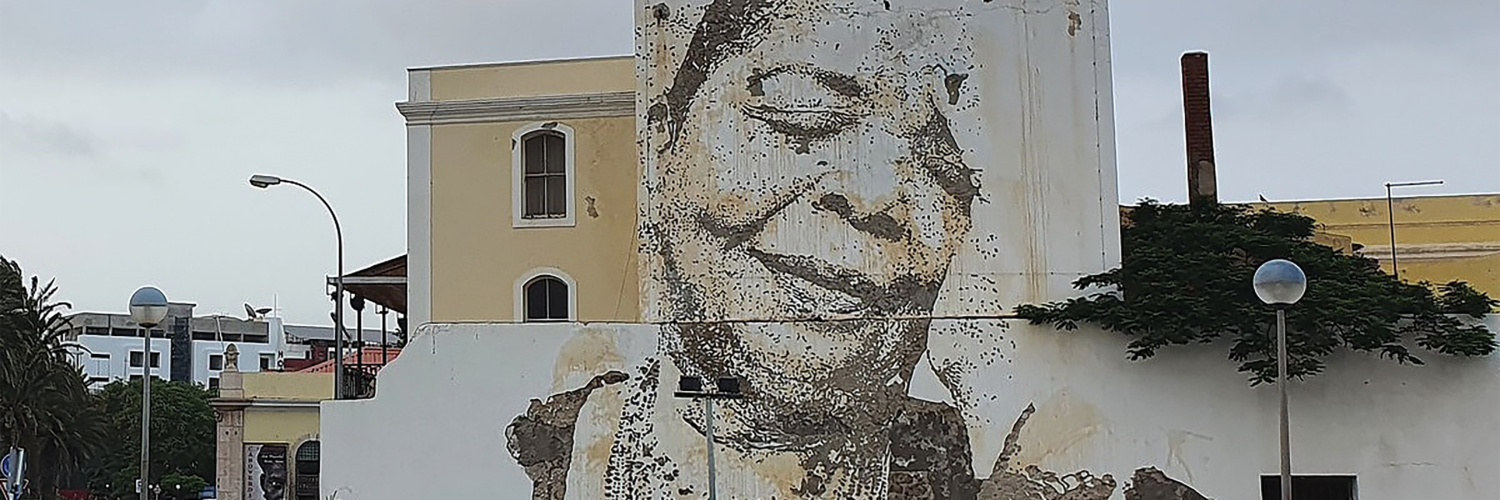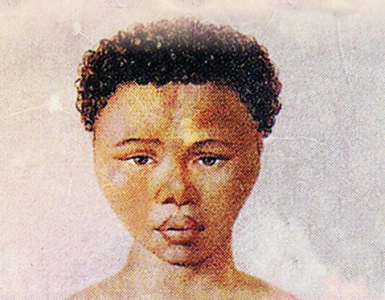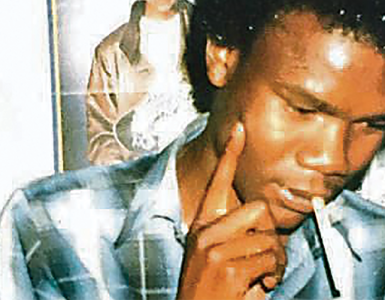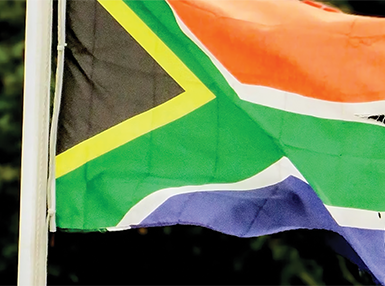LEGACY: Cabo Verde’s (Cape Verde) success at the Afcon temporarily suspended the debate on the identity of the island nation’s people…
By Joaquim Arena
Football, at times, can be an emotional catalyst, and is capable of uniting the hearts of an entire population. Particularly, if this population is made up of barely a half a million people distributed over seven habitable islands of an archipelago nation.
 The islands of Cabo Verde sit a little bit more than 500 miles off the coast of Senegal in West Africa. Their independence, conquered after years of armed struggle in the forests of Guinea [Bissau], came in 1975. The leader of this liberation movement, called the PAIGC (Partido Africano para a Independência da Guiné e Cabo Verde), was Amílcar Cabral, one of the most important names of African liberation.
The islands of Cabo Verde sit a little bit more than 500 miles off the coast of Senegal in West Africa. Their independence, conquered after years of armed struggle in the forests of Guinea [Bissau], came in 1975. The leader of this liberation movement, called the PAIGC (Partido Africano para a Independência da Guiné e Cabo Verde), was Amílcar Cabral, one of the most important names of African liberation.
When the Portuguese explorers arrived here at the end of the 15th Century, the islands were deserted, they weren’t inhabited. The island’s earliest inhabitants were enslaved men and women, brought from the coast of Africa, at the early stages of the trans-Atlantic trade, to be haggled over and sold into the Americas. This traffic of blacks on the islands lasted almost two centuries.
Black men and women mixed with colonials from Europe and made a creole, mestizo society, which makes up Cabo Verde today. And, they were able to overcome the great challenge of creating a society that was free of judgment based on the colour of skin of each individual.
White, black, mulatto, and mestizo always fought side by side, first against English and French pirates, and after against the long droughts that created famines and decimated the population of the islands over the centuries.
It is this ethnic composition of the Cape Verdean population that those who followed the games of the Cup of African Nations could see in the field, in the sidelines, and in the stands, women and men: black, white, and mestizo.
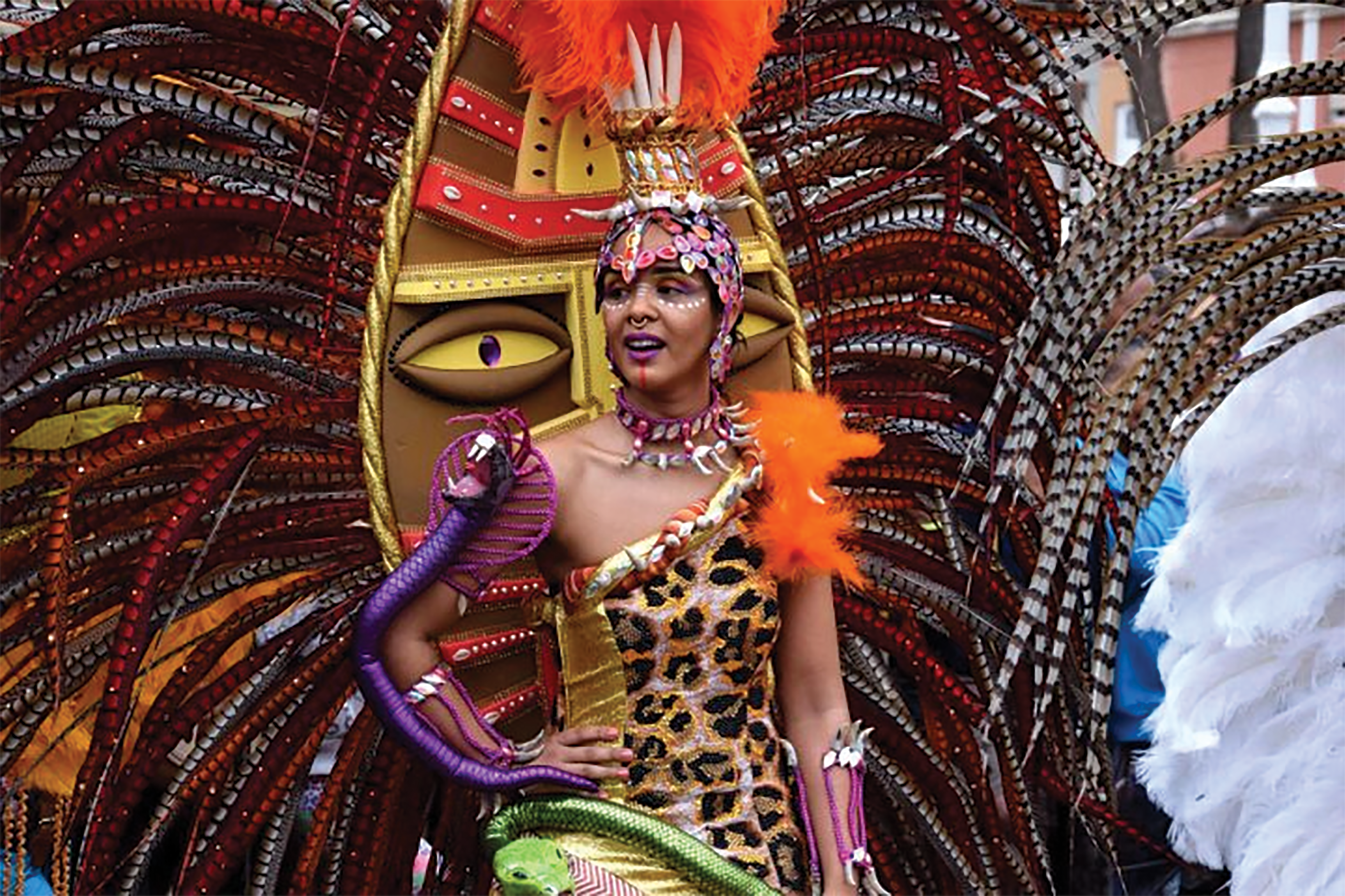
Photo: Cape Verde Experience
What also was evident in each player of the national team, was Cabo Verde’s history of diaspora, a process that started very early in the history of the islands.
From early on and as soon as it was possible men and women looked to emigrate from the islands, to flee famine, drought, and misery and to meet better life conditions abroad: first in America, then on the African continent, South America, and at the end of the 20th century, in Europe. Today, three times the population of Cape Verdeans live outside the islands, rather than inside the country. That’s what allows Cabo Verde to be a nation that endures beyond the physical boundaries of the islands, beyond the maritime frontiers. And so, a large part of the players of the national team were born outside of the island: in Holland, in Portugal, and in France.
But the strength of the islands’ cultural roots makes it so the players have more pride in representing their national team.
The emigration of Cape Verdeans made the islands’ creole language even more important in these cultural moorings, because it is through that language that Cape Verdeans abroad communicate with family members who stayed. The language, the creole of Cabo Verde, is the spinal cord, the pillar, that sustains all of the edifice of the Cape Verdean identity. It is through this language comes the music, known across the world thanks to the voice of the singer Cesária Évora, who, after the 90s, became a kind of musical ambassador of the music and culture of the islands.
Only a few weeks ago, a book was presented in the capital city of Praia, in which a national anthropologist, Manuel Brito-Semedo, defended the thesis that the islands of Cabo Verde weren’t “truly African.”
He argued that ever since the islands’ independence, on July 5, 1975, the African side of Cape Verdean culture had been forced, given more centrality, more importance in the national consciousness, while the mestizoness and those aspects more oriented toward Europe were given second billing. Brito-Semedo argued that the fathers of independence had to associate the islands with the African continent as a form of legitimacy, throwing their lot in with pan-Africanism, bringing the islands closer to their African roots.
This position reflects a current of thought that comes from long ago, from the first half of the 20th century. At that time, various intellectuals, writers, and poets argued in favor of the idea of a mixed culture, one that encompassed both whites and blacks, and for that reason Cabo Verde was more Atlantic than African proper. And, the Portuguese colonizers themselves promoted an idea of a certain superiority of Cape Verdeans in relation to the populations on the African coast.
This book and its ideas provoked some discomfort in Cape Verdean society, followed by some contestation. Many people weren’t happy with that thesis, and provided as a counterexample the participation of the national football team at the Africa Cup of Nations in Cotê d’Ivoire.
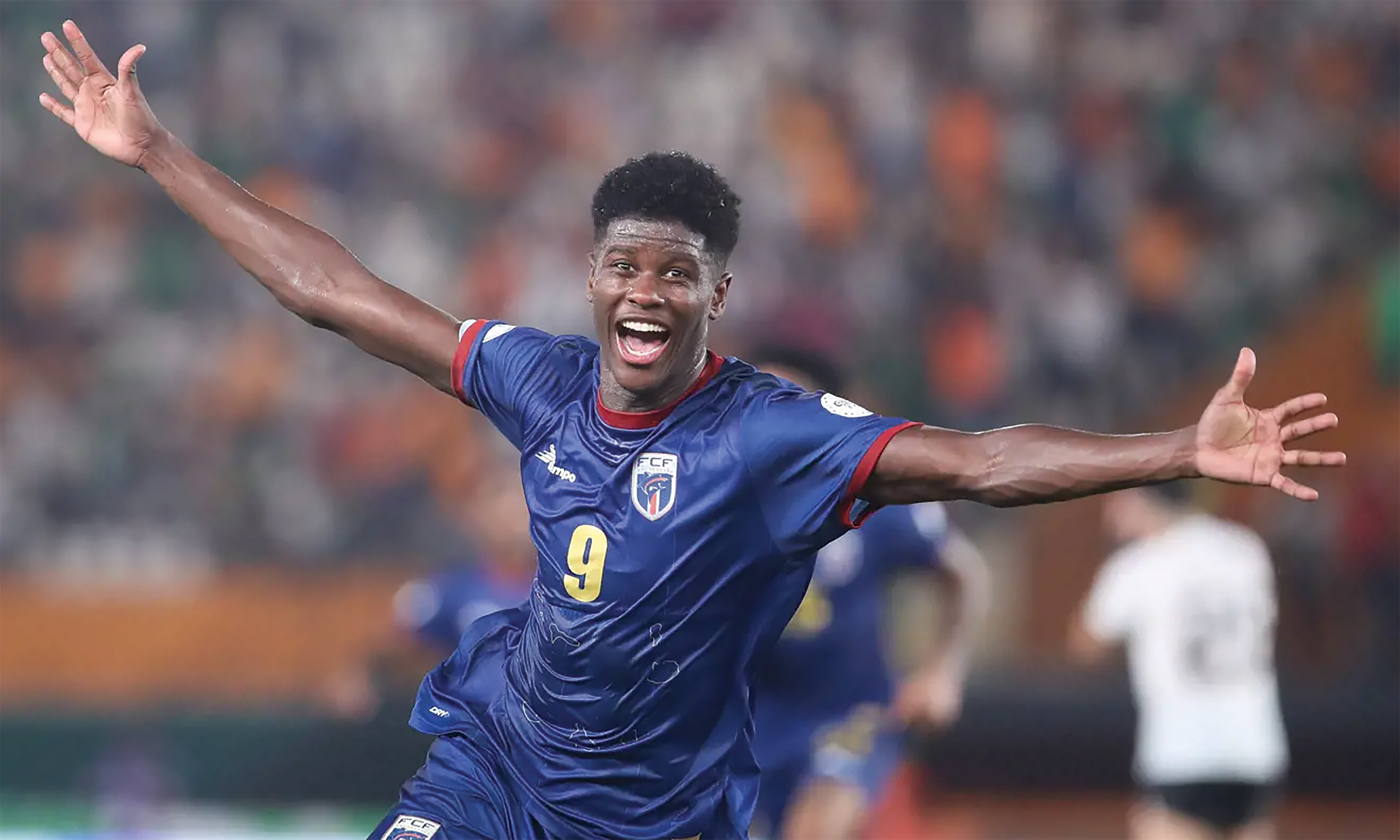
The Africa Cup of Nations is one of the rare moments today, in which the pan-Africanism, dreamed of by the great leaders of the continent, is manifest. Every two years, from Cairo to Cape Town, Africans leave their daily problems aside for continental football.
No other social or sporting event has that capacity to enthuse young people and adults, women and men, poor and rich. On the sidelines we can see the colours of the flags and the enthusiasm for elite athletes, in a party that fills the stadium. The cities stop, the cafes are full of people that follow their national team. Many times, the Cup is the only time Africans are able to encounter other peoples, other cultures that make up their continent.
And this was just as true for Cabo Verde, a collection of islands that perhaps many Africans had never heard of until their tournament successes. Whether on the island or in the diaspora, the entire nation was united around the success of the national team.
The Blue Sharks managed to beat countries that were much bigger and who had much larger populations, like Ghana, Mozambique, Egypt, and Mauritania (as well in the African championship of Handball, where the national team found success and up until last year was the vice-champion of Africa in this field).
Every now and then, the question of the identity of these island people returns to the table of debate and discussion. With cultural origins rooted in a mixture of white and black, and a physical proximity and connectedness to the African continent, those existential questions of where we come from, who we are, and where we are going, are always going to persist.
Someone once said that the islands of Cabo Verde are really a type of Caribbean island, only that they never physically arrived, they never left the Atlantic. But, contrast Cabo Verde with the examples of Cuba, Haiti, and Bahia in Brazil. In these places, the Africanness of the religious rituals, with African gods, like the Orixás, Iemanjá, etc, are present in the cults of Santería (Cuba), Vodou (Haiti), and Candomblé (Bahia).
In Cabo Verde, these African cultures, these African gods don’t exist. The religion is Catholic and the customs are the same as any country in Southern Europe. This happened because, when they arrived, the enslaved black African lost their name and their original religion and had to learn to live another way. The Portuguese priests baptiSed them as Manuel, Antonio, Paulo, João, etc.
So, a more apt characteriSation of Cabo Verde would be that it was actually the first stop in the making of the African diaspora. Before they arrived in the Americas, the Caribbean, Brazil, the first enslaved Africans, who were stolen from their lands from the beginning of the 16th Century, came to Cabo Verde. Only after that did they go forward on their trans-Atlantic journey.
Still, for a few days, during the festival of African football, these debates were suspended, and everyone was united around the national team. All the people of the islands felt deeply proud of the success that the Blue Sharks had in the field.
No one thought about questions of origin, or if they were black, white, clear, or mestizo. Everyone felt, proudly, Cape Verdean. And everyone knew that those Africans of the continent were also their brothers, children of their ancestors, distant relatives that one day, many centuries ago, were separated by the circumstances of history.
- Joaquim Arena is a Cape Verdean journalist and writer. He has published three novels, A Beacon in the Desert, The Truth about Chindo Luz, and Where the Turtles Fly. Under Our Skin (Debaixo da Nossa Pele), is his first full-length work of non-fiction, and his first book to be translated into English

